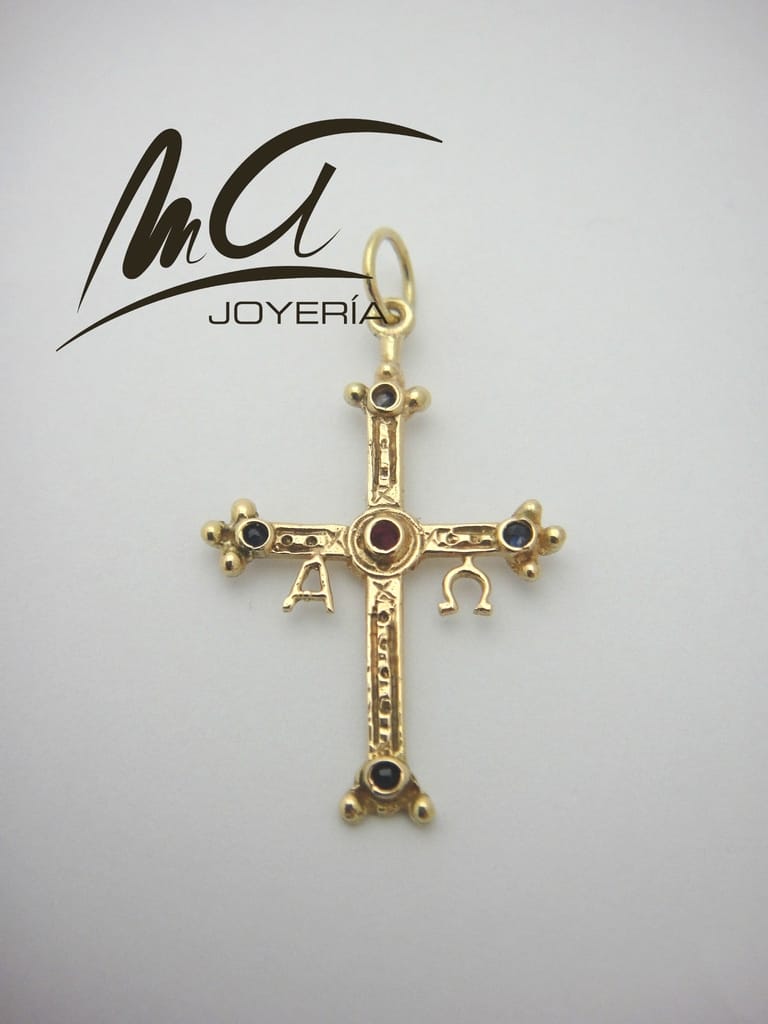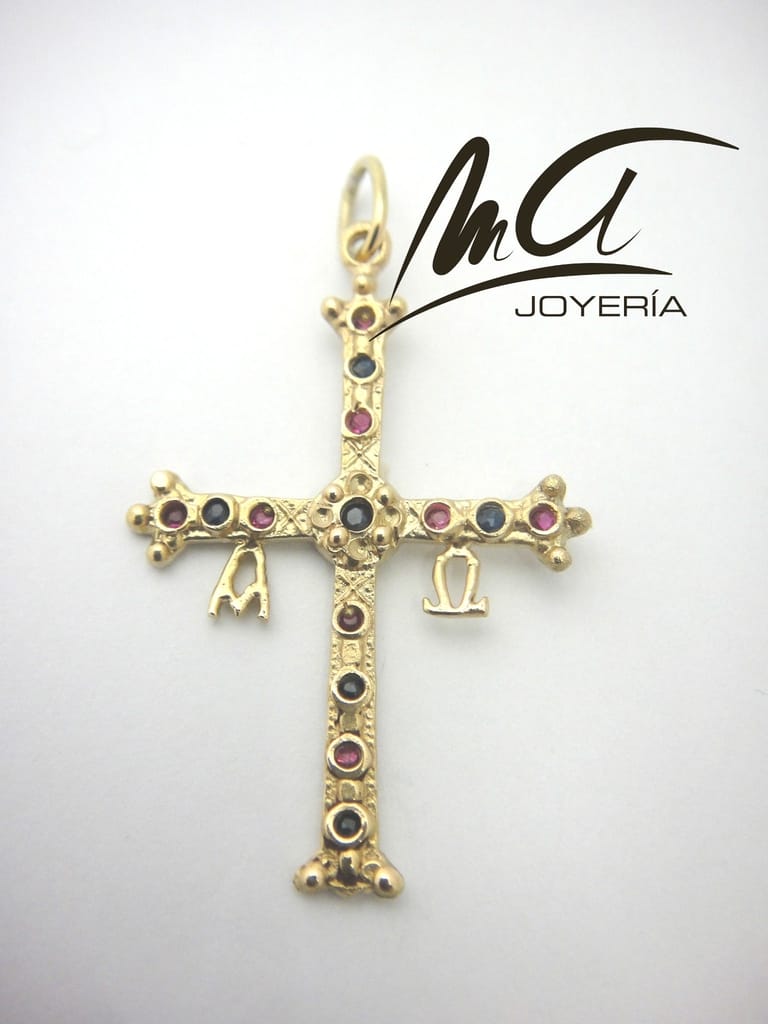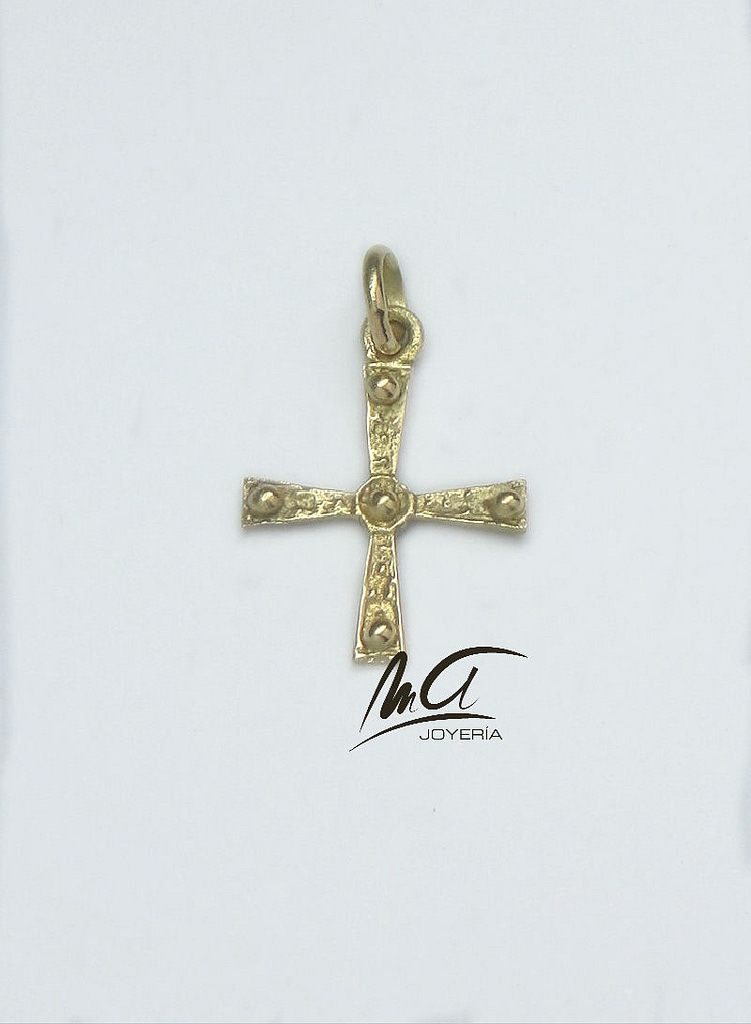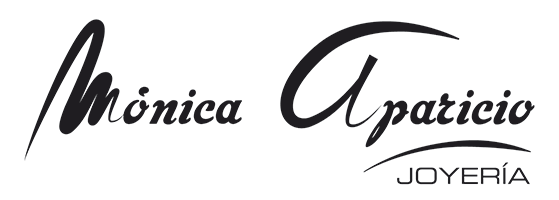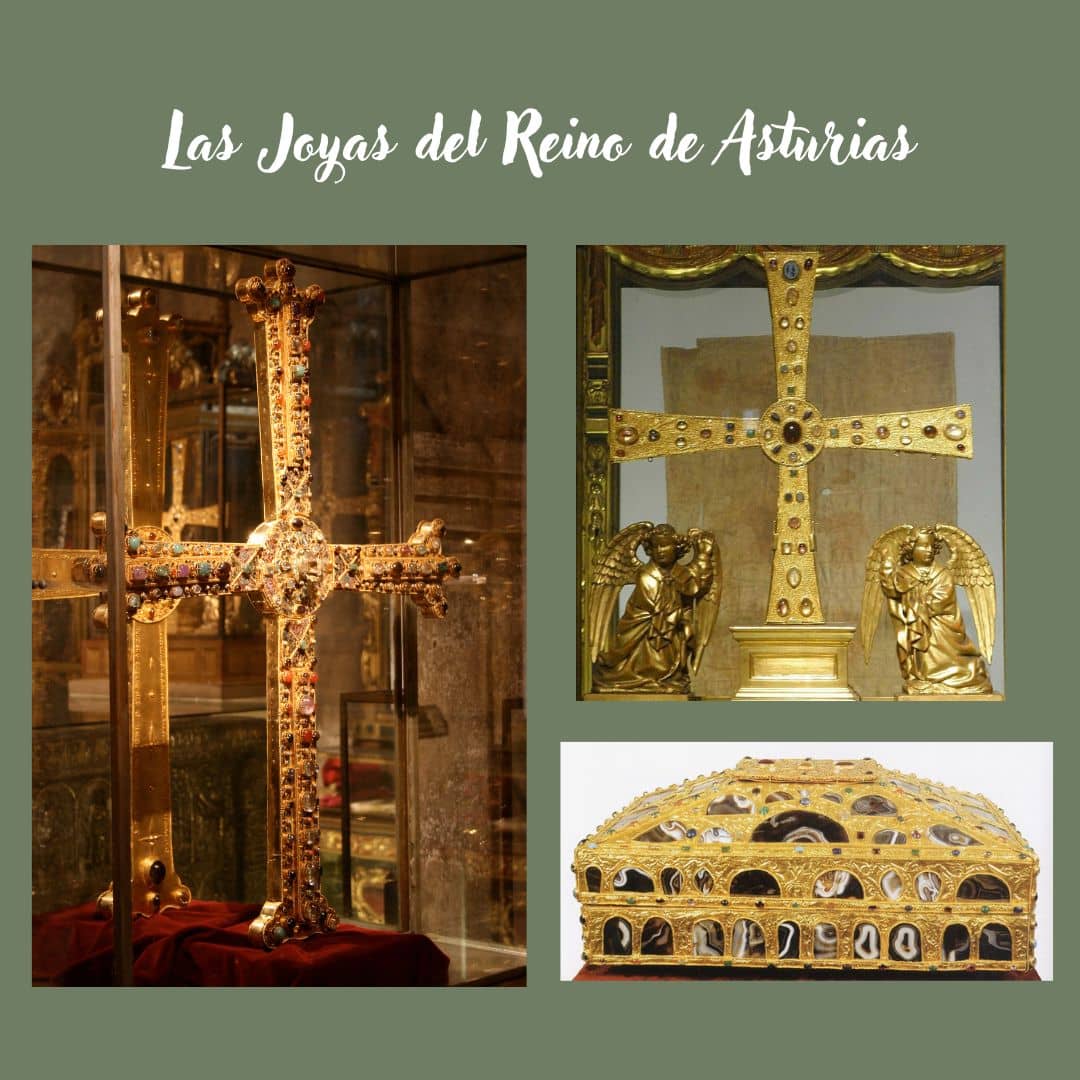
The jewels of the Kingdom of Asturias are treasures of this land, between the sea and the mountains, which every September is flooded with festivities to celebrate its history, its culture and its traditions.
An aspect of this history that deserves special attention are the jewels that have endured throughout the centuries, as silent witnesses of the greatness of Asturias.
The jewels of the Kingdom of Asturias are pieces that embody the very essence of this land, since the 8th century. Each of them tells a unique and valuable story, which is intertwined with the history of this ancient kingdom and its inhabitants.
Among all the treasures of that time, there are three jewels that stand out singularly: the Cross of the Victory, the Cross of the Angels and the box of agates, that are kept in the Holy Chamber of the Cathedral of Oviedo, built for this purpose. by the Asturian king Alfonso II the Chaste.
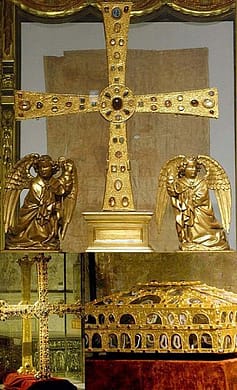
The oldest of these jewels is the Cross of the Angels, so called because its unparalleled beauty gave rise to a legend, collected in the work of Bishop Lucas de Tuy, which says that “King Alfonso II the Chaste desired to donate a cross of gold and precious stones to the church of San Salvador in Oviedo, he entrusted his invoice to two pilgrim goldsmiths who passed through the city, to whom he gave the gold and precious stones to work it, as well as a house as a workshop. The king was not very Convinced of the worth of these pilgrims, he commissioned some of his guards to go check it out and when they arrived at the workshop where they worked, they observed a glow that prevented them from seeing its interior and they ran to tell the king, who approached the house, finding it empty but with a beautiful cross of gold and precious stones that shone with great intensity”. For this reason, she is represented with two angels, one on each side of the foot.
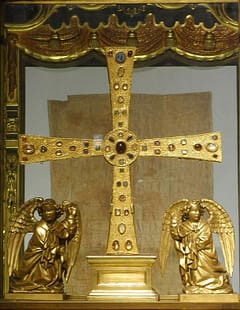
It is a Greek-style cross, with four almost identical arms, in each of which there is a small box with a sliding lid to house relics.
The obverse of the cross is decorated with filigree work and different colored stones, carved in the shape of a cabochon, some of which are reused cameos from Roman times, representing the goddess Athena, another Aeneas abandoning Troy, another a young Roman peasant girl and another a goat’s head with a snake’s body. The stone of the central disc is a cabochon-cut garnet.
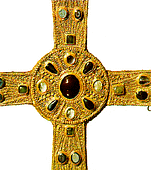
The reverse of the cross has a Roman agate cameo in its central disk, surrounded by pearls and rhinestones, and at each end of the arms there is a gem, surrounded by small stones.
Likewise, on the arms you can read an inscription in gold letters that says: “Let this remain in the honor of God, done with complacency. Alfonso, humble servant of God, offers it. Anyone who presumes to take me away from where my good will dedicated it, perished spontaneously with the divine lightning. This work was completed in the era 846 (year 808). With this sign the pious is protected. With this sign the enemy is defeated.”
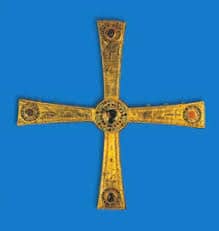
The Victory Cross is also a reliquary cross but in a Latin style, in whose central disc there is a compartment in which ancient writings affirm that a fragment of the Lignum Crucis was kept. Legend has it that his soul is none other than the oak cross that Pelayo, first king of Asturias and therefore of Spain, raised in the battle of Covadonga against Islam, in 718. King Alfonso III the Great, ordered it to be covered of gold, enamels and precious stones, to donate it to the nascent cathedral of Oviedo, in 908.
This is a large piece, measuring 92 cm. high by 72 cm. wide, with the diameter of its central disc being 14 cm. To cover it, more than 5 kilos of gold were used, as well as precious enamels and gems of different sizes and colors.
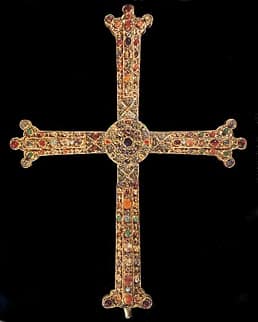
On the back there are cabochon-shaped stones set and the nails that fix the gold sheet to the wooden cross are covered with little flowers, spheres and soldered amygdaloid shapes. Furthermore, you can read the following inscription in gold letters: “Let this remain willingly in honor of God, offered by the servants of Christ, Alfonso, prince and Jimena, queen. Whoever snatches this gift of ours, perish by the divine lightning. This work is finished and granted to San Salvador Oviedo. This sign protects the pious. This sign defeats the enemy. This cross was made in the castle of Gauzón in the 42nd year of our reign, during the era 946” (year 908).
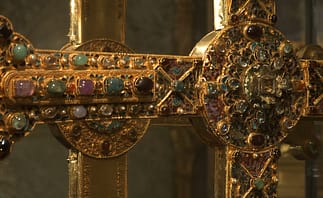
Finally, the Box of Agates, donated to the cathedral of Oviedo by the Infante Fruela and his mother, Queen Jimena, wife of King Alfonso III the Great, in the year 910.
It is a cherry wood box, covered with gold sheets embossed with floral motifs, except for the base, which is made of solid silver. These gold sheets have striped agates, which are what give them their name. The sides of the box are divided into two levels whose decoration combines different gems with embossed borders.
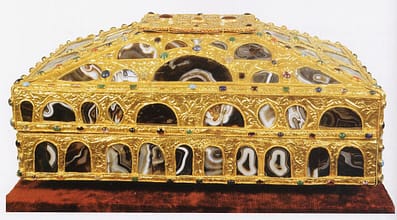
The plaque placed horizontally on the lid is older than the rest, suggesting the possibility that it may have been a Frankish belt from the 8th century or a Carolingian-style reliquary brooch made between the 8th and 9th centuries. This plate was adorned with 655 garnets, 4 pearls, 12 enamels and 13 cabochons, some of which have been lost over time. The polychrome enamels that can be seen represent dragons, trees, birds, fish, quadrupeds and reptiles.
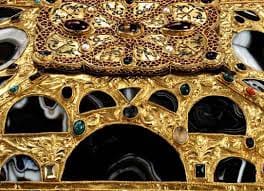
On the silver base of the ark, the Tetramorphs, the four symbols of the evangelists, appear engraved surrounding the Victory Cross and the following inscription can be read: “May this remain pleasingly done in honor of God, offered by the servants of Christ Fruela and Nunilo by nickname Jimena. This work was carried out and granted to San Salvador Oviedo, whoever tried to take away this gift of ours would perish by the divine lightning. It was manufactured in Era 948 (year 910).

Both the cross of Los Angeles, symbol of the city of Oviedo, and the cross of La Victoria, are jewels that continue to be reproduced today by jewelers in the region. Also in our jewelry we make the interpretation of these wonderful Jewels from the Kingdom of Asturias. I share some here, hoping you like them.
